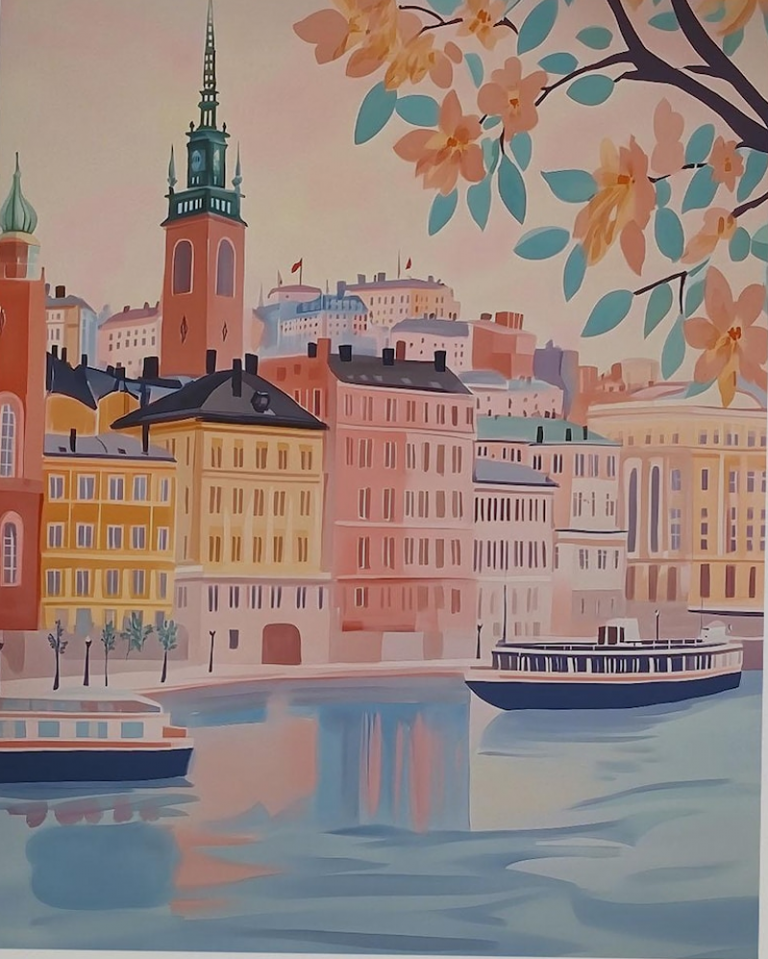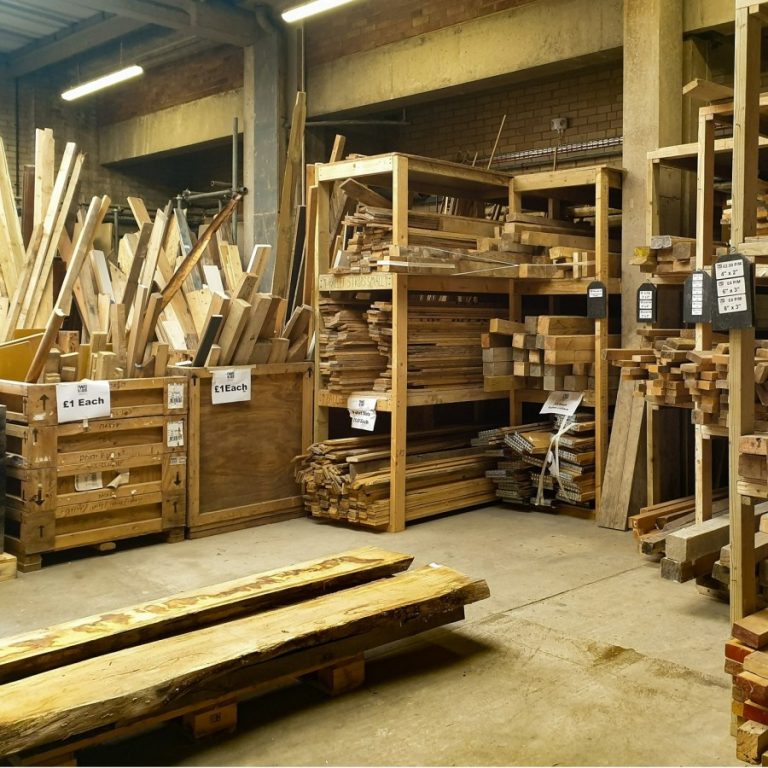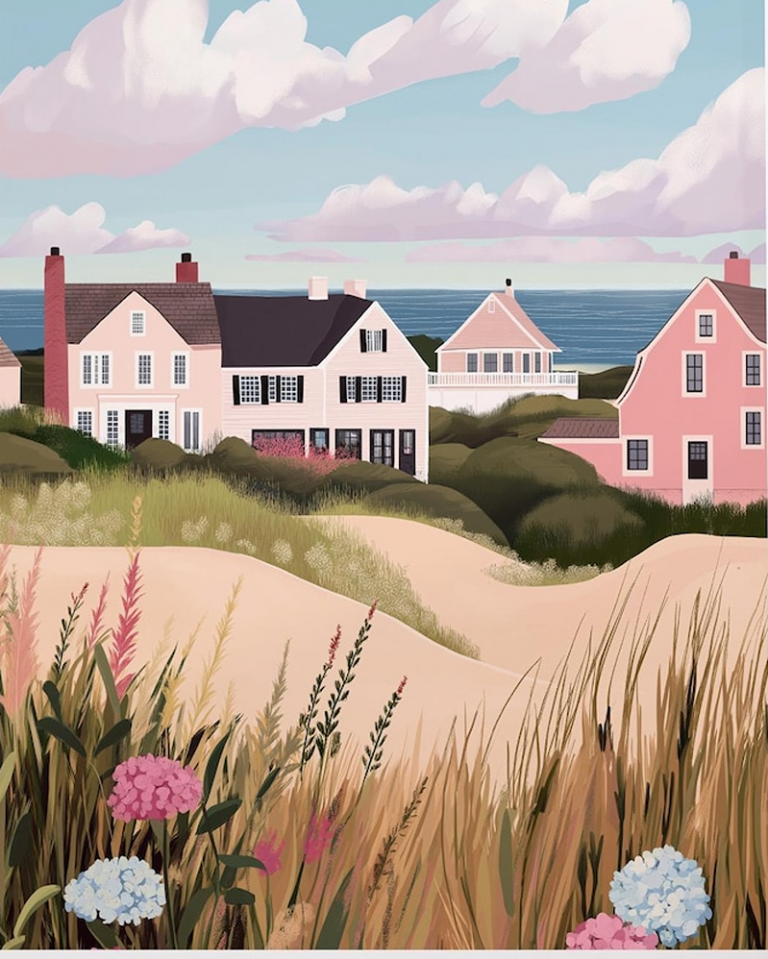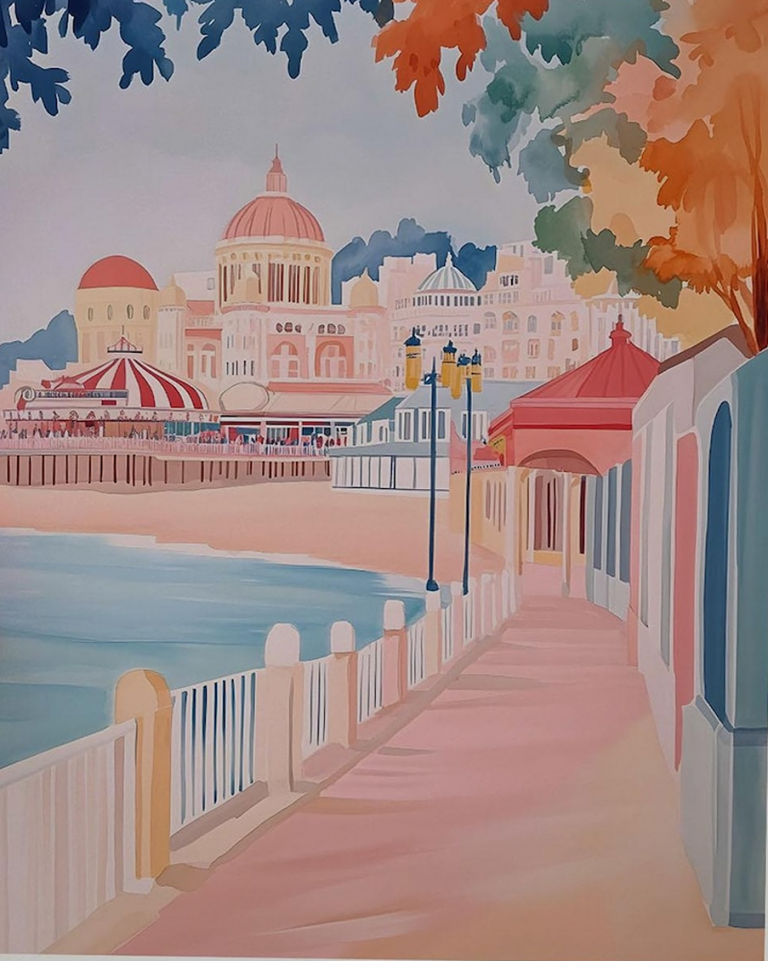
Tucked away in Staffordshire, Lichfield surprises many who visit. This small city stands out with its stunning three-spired cathedral, one of the most eye-catching in England, and its centuries-old streets that still hold stories from the past. What makes Lichfield special isn’t just its looks though. It’s a compact place packed with hidden museums, quirky shops, and green parks.
History buffs and lovers of culture are drawn here for good reason. The city’s ties to Samuel Johnson and Erasmus Darwin run deep. Visitors find plenty to explore, from medieval architecture to vibrant annual festivals. Lichfield always offers something new to discover, whether you return each year or stroll its lanes for the first time.
If walking in nature, always follow the Countryside Code, to keep dogs and barnyard friends safe.
Lichfield’s streets do more than set a pretty scene. Every corner holds stories from centuries past. To really understand what makes Lichfield different, you have to look at how faith, resilience, and community shaped the city through good times and tough ones. From ancient relics to grand stone walls, Lichfield’s most treasured sites tell the tale of a city shaped by history.
The Shrine of St Chad
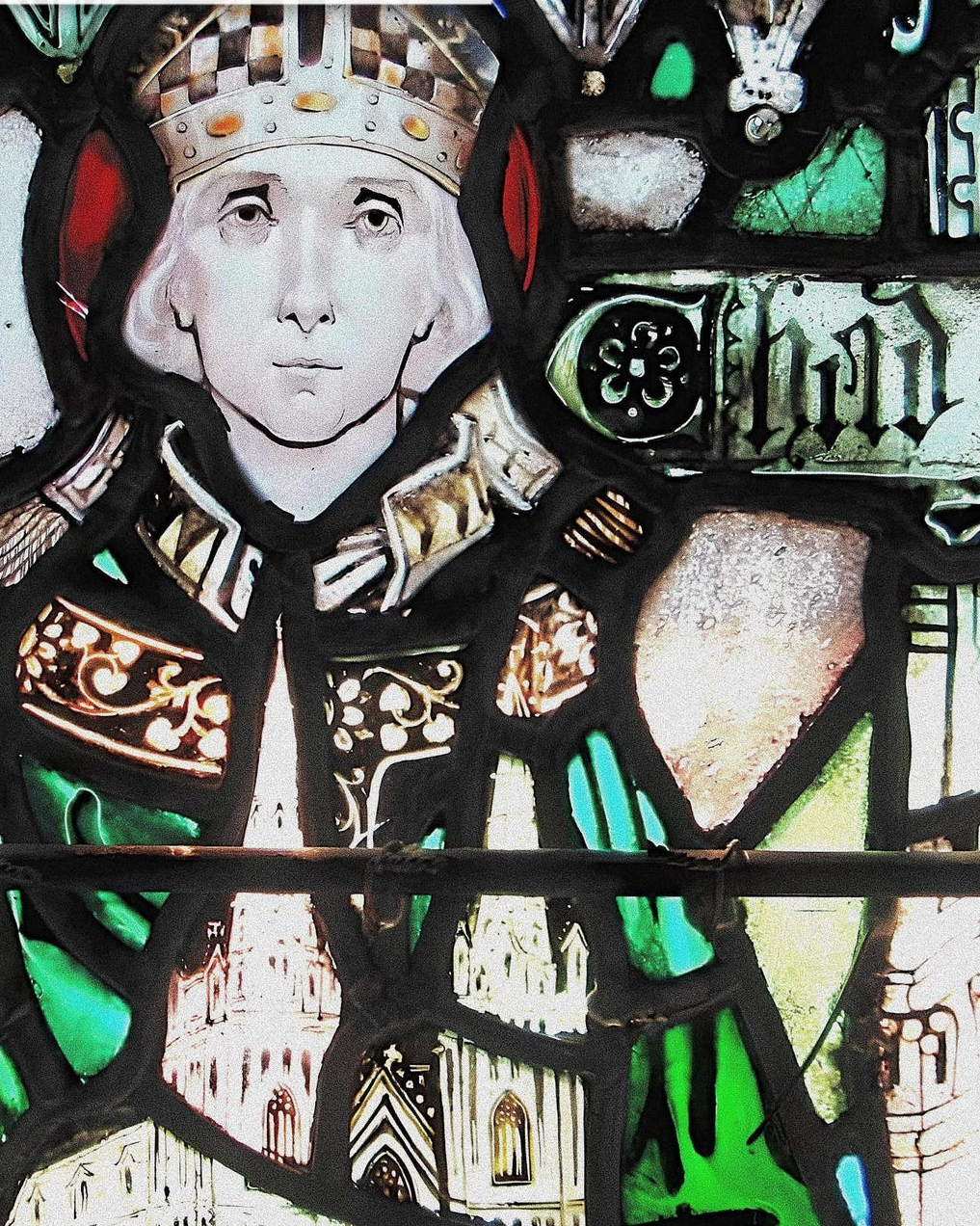
St Chad arrived in Lichfield back in the seventh century. He became bishop and turned the city into the heart of early English Christianity. Locals remembered him as gentle, wise, and devout.
After St Chad died in 672, his tomb in Lichfield Cathedral became a spot where pilgrims travelled from all over England. People believed relics of St Chad worked miracles, making his shrine famous across the country.
For centuries, the shrine brought crowds and put Lichfield on the map. Pilgrims filled the streets, bringing business and prestige to local merchants. The cathedral stood as a symbol of hope and faith, weathering plagues, wars, and political change. It shaped community life, with its soaring spires seen from miles away.
Everything changed in the 1530s during the English Reformation. King Henry VIII split the Church of England from Rome and ordered religious shrines like St Chad’s to be destroyed.
Monks and loyal townsfolk tried to protect what they could, but much was lost. The shrine’s treasures vanished. All that survived from the original relics was a small portion, which was later rediscovered and is now displayed within the cathedral.
This sweeping change hit Lichfield hard. Overnight, the city lost its role as a major centre for pilgrims. The cathedral stayed central to local life, but its purpose shifted. Instead of housing relics, it stood as the heart of a changing English church. These dramatic events left their mark, making Lichfield both a place of memory and of adaptation.
The Franciscan Friary and Dr Milley’s Hospital
Everyday life in medieval Lichfield brought glimpses of faith and charity in its streets and stones. The Franciscan friary sat just outside the cathedral close. Built in the 13th century, it welcomed friars known for humble living. These “Grey Friars,” named for their plain habits, served the city by preaching, teaching, and helping the poor.
For nearly three centuries, the friary shaped life on the edge of town. The buildings buzzed with activity as friars tended gardens, helped the sick, and shared news with travellers.
But, like so much else, the friary didn’t survive the shakeup of the Reformation. When King Henry VIII closed monasteries and religious houses, the friary was torn down. Today, only a single stone wall remains as a quiet reminder of how daily life once flowed around faith.
If you wander a little farther, you’ll find Dr Milley’s Hospital. Despite its name, this isn’t a hospital in the modern sense. Founded around 1500 by Thomas Milley, a local doctor and churchman, it was set up to house poor women. The building stands to this day, with its timber frames and stone windows recalling simpler times.
The Landmark: Lichfield Cathedral
Lichfield Cathedral is the star of the city’s skyline, impossible to overlook whether you are standing in the heart of town or approaching from the countryside. Its three striking spires, often called the “Ladies of the Vale”, rise above everything else, giving Lichfield its character and a strong sense of place. The cathedral isn’t just a backdrop for local life; it’s the heartbeat of Lichfield and a proud symbol for those who live here.
The story of this cathedral stretches back over 1,300 years, shaping not only the look of the city but its spirit too. Visitors are drawn to it for both its history and the way it gathers the community today. There’s nothing else quite like it in England, not just for its looks but for its long and eventful past.
St Michael on Greenhill: The Overlooked Treasure
It’s easy to focus all your attention on the main cathedral, but there’s another site that matters to Lichfield: St Michael on Greenhill. Sitting on the edge of the city, this parish church is sometimes missed by visitors racing toward the cathedral close. Locals, though, know it has a special story.
St Michael’s is much older than it first appears, with some parts dating back to Norman times. Standing on one of Lichfield’s highest points, it has long watched over the area. Its churchyard stretches wide and green, creating a peaceful setting that gives a different view of the city’s history.
What sets St Michael on Greenhill apart?
- Community Roots: While the cathedral has always welcomed big gatherings and historic events, St Michael’s remains closer to daily life. It’s the sort of place where generations have marked births, marriages, and farewells.
- Intimate Atmosphere: Unlike the towering cathedral, St Michael’s is quieter and more personal. The walls inside feel close and comforting, filled with the echoes of everyday faith.
In a city proud of its famous cathedral, St Michael on Greenhill matters because it keeps the smaller, often untold, histories alive. Many locals feel a strong bond with this overlooked treasure. The church is woven into their family memories and community traditions. It may not draw crowds like the grand spires up the hill, but it holds a piece of Lichfield’s heart that’s every bit as important.
The churchyard is the final resting place for Anna Seward, the 18th-century Romantic poet known as the “Swan of Lichfield”. Walking among the stones, you catch glimpses of Lichfield’s lesser-known stories. She was very religious and never married herself, a bit like England’s version of the Romantic poet Emily Dickinson.
Erasmus Darwin and Darwin Park
Erasmus Darwin stands out as one of Lichfield’s brightest minds. Born in 1731, he worked as a doctor, poet, and inventor, and he was the grandfather of Charles Darwin. If you spend time in Lichfield, it’s hard to miss his influence.
Erasmus lived in a grand house near the cathedral close, where he wrote, met fellow thinkers, and treated local families. While he never made the headlines like his grandson, Erasmus pushed bold ideas about science, plants, and even the idea of evolution long before his time.
Lichfield’s park named after him, Darwin Park, sits just outside the city centre. It’s a fresh and open green space set up to honour his legacy. Here’s what visitors often notice:
- Wide, open lawns perfect for family games or a relaxing walk.
- Children’s play areas where local kids climb, swing, and make new friends.
- Community garden spaces that nod to Darwin’s love of plants and botany.
- Walking and cycling paths that wind through the neighbourhood, linking old history with modern city life.
The streets around Darwin Park are dotted with signs and tributes to Erasmus, making it feel like he’s still part of the city’s daily rhythm. You’ll often find parents chatting on benches or friends meeting over a takeaway coffee from a nearby café. In spring and summer, wildflowers and birds bring extra colour and sound to the park.
Read our post on pet-friendly gardens to know park flowers to avoid for furry friends.
Across Lichfield, events and festivals often highlight figures like Erasmus Darwin. Local guides offer walking tours that include stops at his home, now a museum packed with stories about his inventions and work. School groups and visitors learn about his quirky experiments—from hot air balloons to early ideas about biology.
This friendly, open approach gives Lichfield a warm, community feel. There’s never a sense that the city locks its history behind glass. Instead, it invites everyone to join in. Whether wandering the park or pausing at a blue plaque, you get the sense that Lichfield’s famous past is a welcome part of modern life.
Conclusion
Lichfield’s mix of old stories and fresh energy gives the city its unique charm. You get centuries of history at every turn, from awe-inspiring cathedrals to quiet corners where locals meet friends or walk the dog. At the same time, parks, busy cafés, and friendly faces keep Lichfield feeling young and full of life.
A visit here is more than just sightseeing. You feel the welcoming spirit right away, whether you stay for a few hours or make a weekend of it. With every stroll down cobbled streets or chat in the market square, you see why people hold this city close to their hearts.

